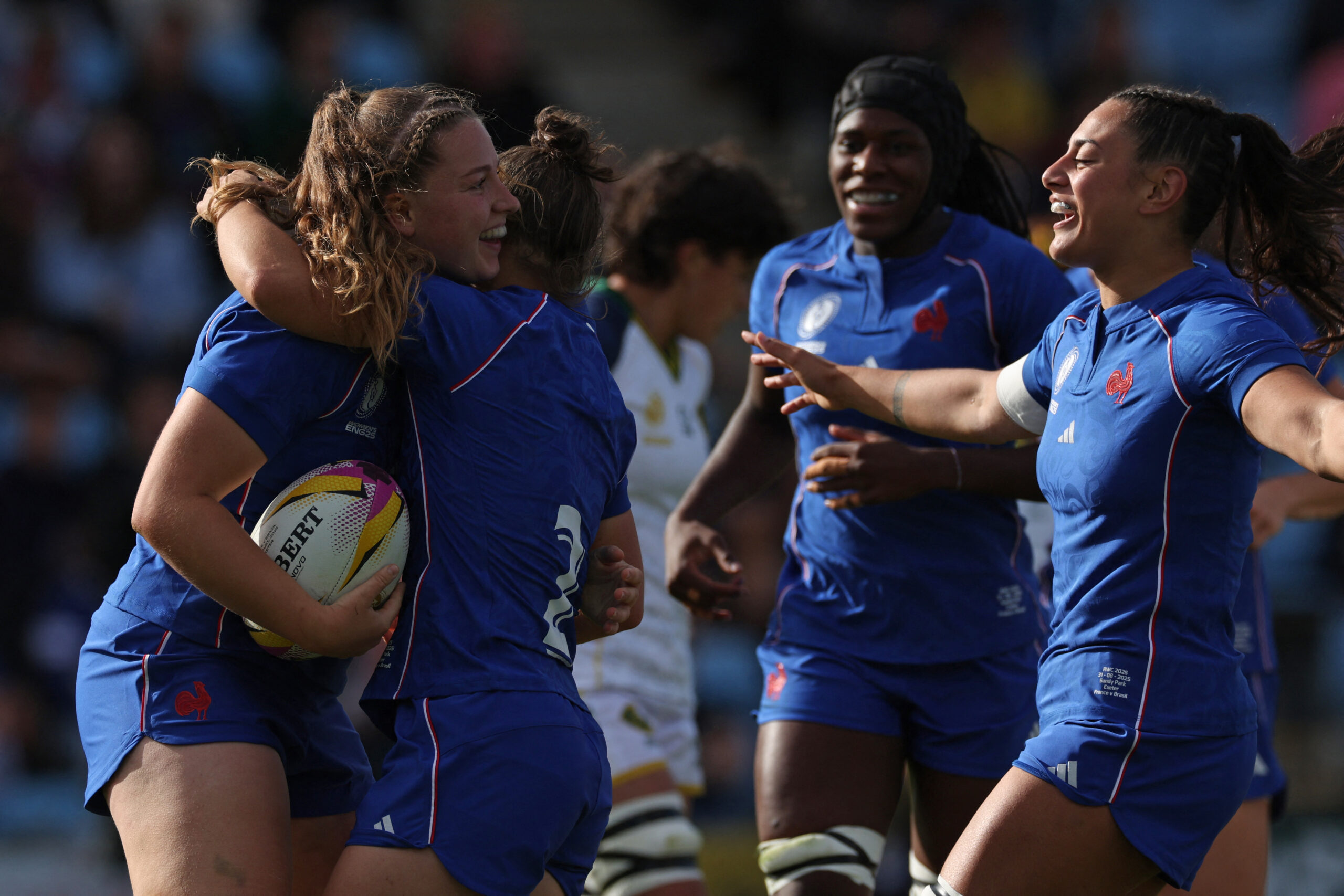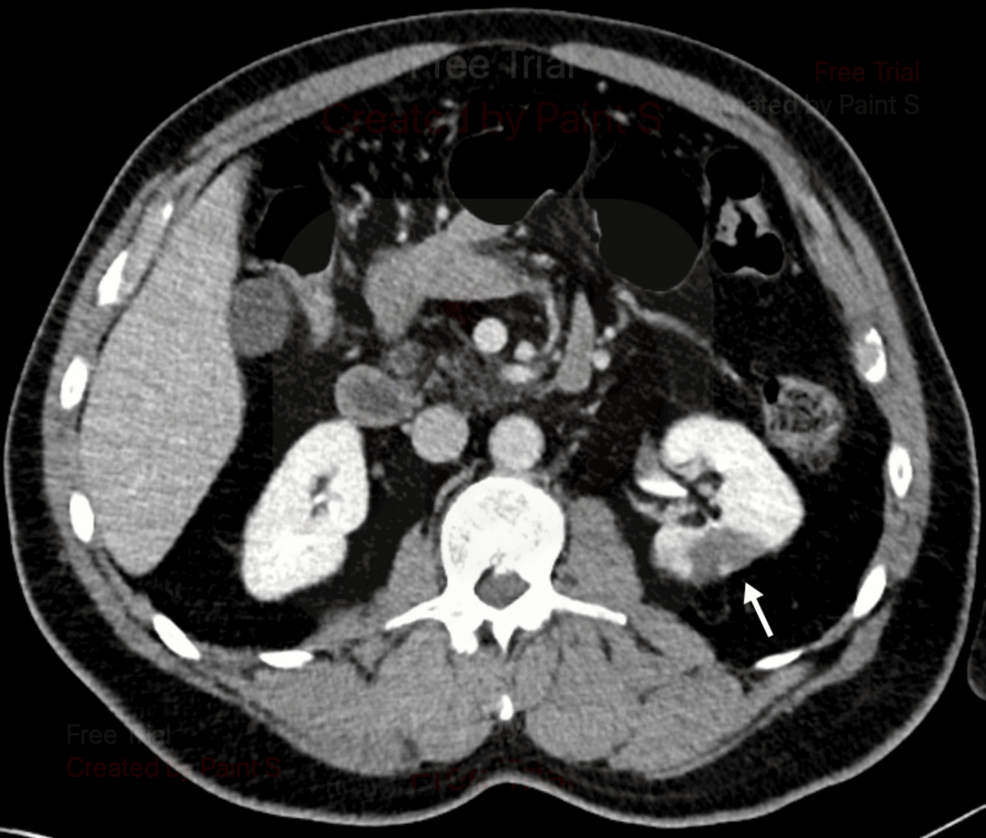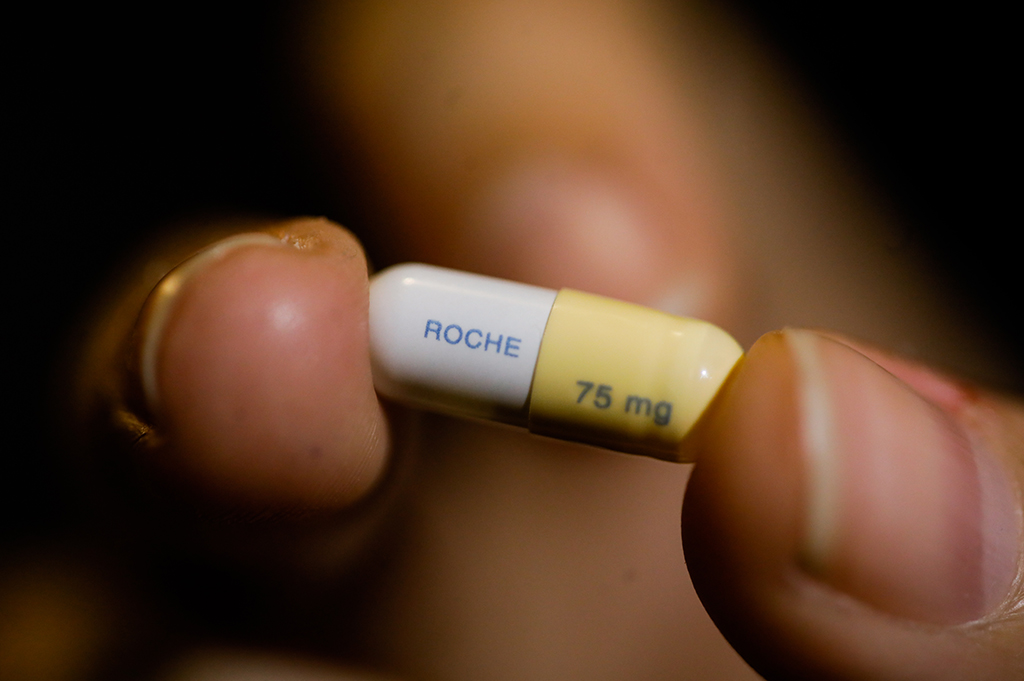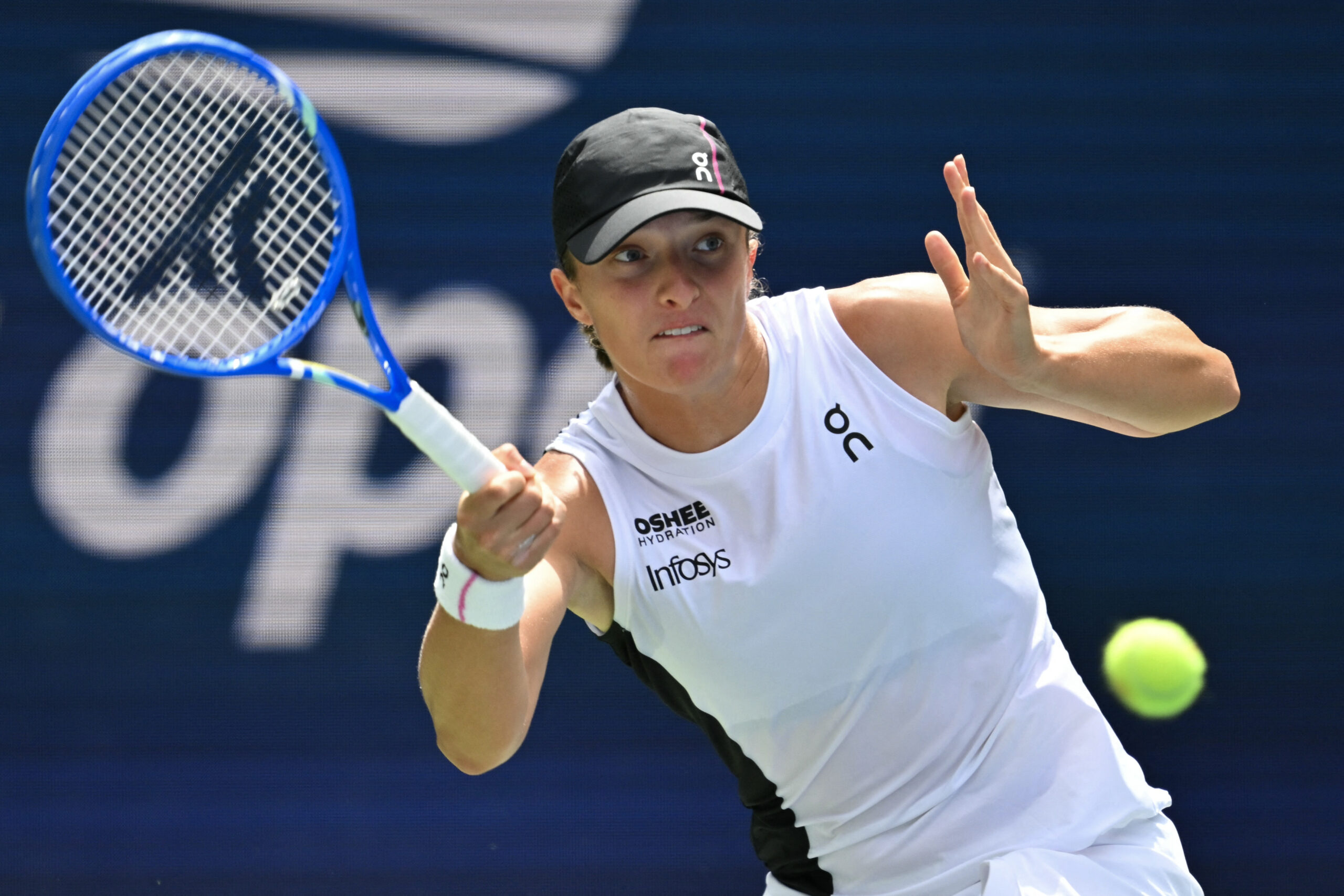England, New Zealand, France, Canada, Scotland and Ireland have all joined history-makers South Africa in punching their quarter-final tickets with wins in week two, but there is still plenty to play for at Rugby World Cup 2025.
If you’re new to the sport – or even if you’re not but still a little confused – you may be asking yourself what each team needs in order to finish top of their pool or just to make it into the knockouts. Fear not, we’ve broken down what each teams needs on the final weekend…
Pool A
England are unbeaten in Pool A and therefore have guaranteed a place in the knockouts, though their seeding has not yet been determined. Should the Red Roses lose to Australia in Brighton in the final round, the Wallaroos will finish top of the group and England will finish second. In that case, USA will miss out on a quarter-final place.
If England win in Brighton on Saturday, then it will be a straight shootout between Australia and USA for that final pool spot. The Wallaroos are currently in the pound seats as they are five competition points ahead of USA, which means even if they lose, if they get a bonus point in the form of losing by seven points or fewer, or they score four tries, then they cannot be caught by USA.
In the instance of Australia losing to England and getting no bonus points, that leaves the door open for USA. They play Samoa in their final game and will have to win handsomely and hope that the Wallaroos are on the receiving end of a big defeat. As things stand, Australia have a points difference of +73 and USA’s is -62, so there are 135 points separating them.
Samoa cannot make it out of the pool regardless of their result against USA.
It all points to the fact that USA have it all to do, but as we know in sport anything is possible!
Pool B
This is a far more straightforward scenario as Canada and Scotland are both through to the knockouts and Wales and Fiji cannot progress. To make things even easier, Canada play Scotland this weekend, so the battle for the top seeding is a straight shootout.
Canada (+100) currently have a better points difference than Scotland (+44), which means if the teams play out a draw then Canada will likely remain top seeds at the end of the pool stage. Only ‘likely’ because there is a scenario where there’s a draw but Scotland get the try bonus point and Canada do not, in which case the Scots would finish top. Confused? Don’t be! If you’re watching the games from home, our commentary and stats teams will keep you updated on the permutations of each game as they unfold.
Lastly, a victory for either Scotland or Canada would see that team progress as top seeds of Pool B – which could be crucial as it would likely mean avoiding number-one ranked England in the quarter-finals.
Pool C
Much like Pool B (and Pool D, as we’ll soon see) this one is sewn up in the sense that New Zealand and Ireland are through to the quarter-finals while Spain and Japan cannot make it out of the pool.
Once again the two qualified quarter-finalists will go head to head, with the Black Ferns take on Ireland in Brighton on Sunday. Both sides have taken a maximum of 10 points from their first two games, but it is New Zealand (+89) who have the edge over Ireland (+44) on points difference, so they would (likely!) top the pool in the event of a draw.
Pool D
Copy and paste for Pool D, which sees South Africa pitted against France. The Springbok Women made history when they beat Italy in York, as they will now appear in the knockouts of a Women’s Rugby World Cup for the first time in history.
Swys de Bruin’s side are currently top of Pool D on 10 points, with France one place behind them on nine points. So in the event of a draw, the South Africans would top the pool even if the French got the try bonus point.
Why do the seedings matter?
In the quarter-finals, the top seeds from each pool play the team that finished second. So in theory, it represents a slightly easier path to the semi-finals – but of course there are no guarantees in rugby!
Who plays who in the quarter-finals?
Winner of Pool A (England or Australia) v Runner-up of Pool B (Canada or Scotland)
Winner of Pool B (Canada or Scotland) v Runner up Pool A (England, Australia or USA)
Winner of Pool C (New Zealand or Ireland) v Runner-up of Pool D (South Africa or France)
Winner of Pool D (South Africa or France) v Runner-up of Pool C (New Zealand or Ireland)








